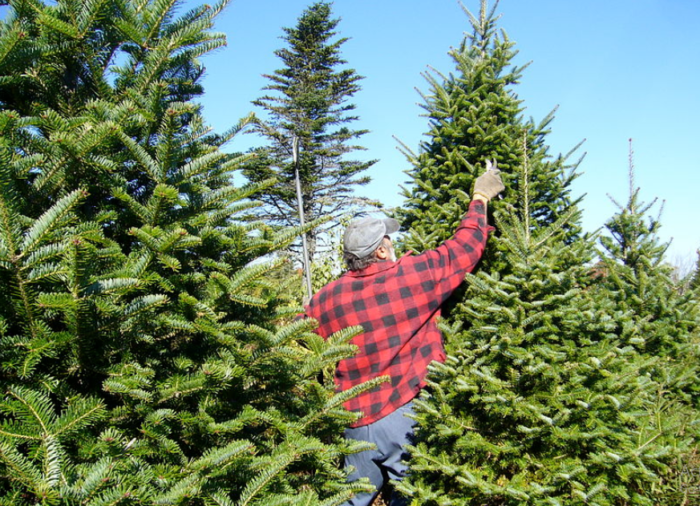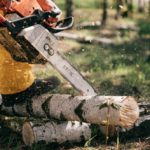Tree trimming and branch removal often result in pruning wounds that take weeks to close which stunts trees’ growth. Extensive pruning causes createmanywounds that hinder tree growth. As part of the tree, trimming management avoid stressing the tree by limiting pruning to what is necessary. Although most deciduous trees benefit from light and annual trims, that encourages new growths, ensure the pruning doesn’t derail growth. Annual trimming promotes flowers production, increase air circulation and removing dead, crossing and diseased branches. It’s highly advisable only to prune branches that are near power lines.
After pruning, you will need to provide the tree care to the tree to keep it healthy during the pruning recovery.
Basics of Recovery
Any branch you can createswounds that acts as an open way for disease. To avoid this the tree will try to close the wounds after pruning naturally, but this takes time to seal and heal.
After tree pruning, the tree grows fresh tissues to cover the wounds that protecting from diseases and decay. To prevent large wounds when removing a branch leave the branch collar; the swollen area where the tree branch connects with the tree trunk. This keeps the pruning wound manageable. The flush cut may create a larger wound that may be difficult for the tree to seal on its own and hence the need for extra manual sealing.
Wound Dressings
To help the tree seal the wound, most gardeners use to apply wound dressing such as latex paint mixed with water. This protects the trees after pruning, although today research has reviled that method isn’t beneficial to the tree. Wound dressing can’t stop decay, diseases as well as insect infestation. In most cases, they prevent the wound from drying which promotes fungal growth. All the same, if you have to undertake any wound dressing make sure the pain is nontoxic.
Post-Pruning Care
One of the most recommended post trees pruning care is a lot of water supply. This helps the tree to recover,and you should continue to water them regularly, especially during drought to reduce water stress. Plenty of water will support new shots that often develop after pruning.
The tree will need fertilizer and manure pruning to promote new growth as it heals old wounds. If the soil around the tree seems compact, you will need smart till to encourage air circulation. More details.
After Rejuvenation Pruning
In some cases, gardens undertake rejuvenation tree pruning that includes severally cutting back the tree to reshape it as well as inspire healthy growths. The process is slow to avoid killing the tree altogether and may take two to three years to remove all the unwanted branches. It would help if you did not prune more than one-third of the old branch every year to avoid stressing up the tree.
Lastly, after every heavy pruning apply regular care such as sealings, fertilizer application,and watering. Avoid nitrogen fertilizers for at least two and a half years as it encourages much leafy growth which will stress the tree more that have undergone pruning. The best fertilizer application for ree pruning is 5-10-10 ratio of nitrogen, phosphorus,and potassium.


